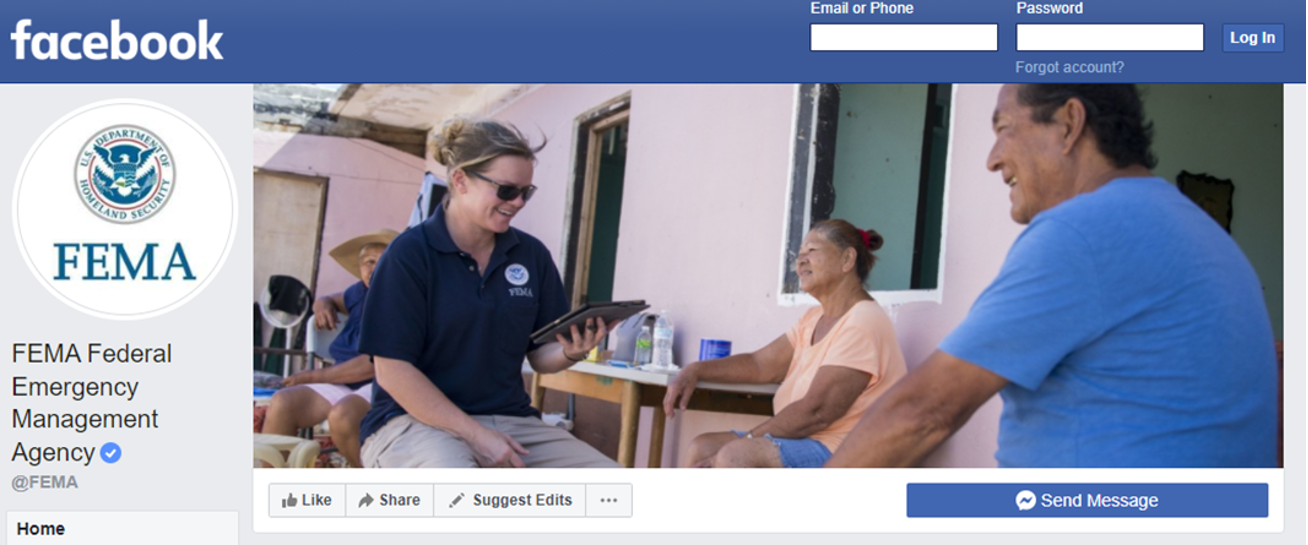Communications should establish early in the response that the event will likely continue to evolve over time, and that messages, including human health and environmental safety instructions, will be updated to reflect current conditions and new information as it is gathered. Continued messaging that includes information on ongoing response and recovery efforts helps the public understand that work is being done hours, days, even months after the incident. The messages should include simple explanations of what work is ongoing, why it is helpful to the public, and how it informs current and future public health and environmental safety or other guidance. Through close collaboration with chemical, decontamination, remediation, and health experts, tailored messages can be developed that answer anticipated questions about the incident cleanup progress, occupational health concerns, and the potential need for personal protective equipment while impacted individuals clean up homes, yards, vehicles, and other property items. Continued messaging that includes these types of information will help maintain public trust and provide reassurance that the response is ongoing.
As discussed above (Section 5.1), some messages can be prepared ahead of time for immediate deployment during and after an incident. Others will need to be written as a critical ongoing component of the response and recovery processes. Communications staff will need to stay updated on the incident cleanup to develop accurate messages that answer the community’s questions about the recovery process. With advanced planning by communications staff, methods for the rapid adaptation of messaging as response actions and/or public perceptions change can be developed. Members of the message approval chain should understand that, to maintain message accuracy, they may have to review and approve similar messages with small alterations multiple times. The catalog of questions received and “bank” of approved, reusable answers mentioned above will continue to grow throughout response and recovery and should be used to help address ongoing inquiries being received from reporters and the public, many of which will be repeat questions.
Frequent updates from an official account on social media, even when no new information is available, are a recommended best practice to ensure people will continue to look to official sources for information. The messages should be reworded slightly each time, even if the same information is being posted; this encourages people to continue checking official information sources instead of looking for information elsewhere. Reposting content from other official sources and organizations, and encouraging followers to do the same, helps boost posts on social media and increases the visibility of the content.
Social media platforms should be monitored and analyzed to identify common questions, rumors, concerns, and immediate needs. This information can help inform the structure and content of ongoing response and recovery messaging. For example, social media may be used to promote rumors and mis- and disinformation about the incident and related safety instructions. A chemical technical advisor can quickly assess questionable messages and assist in drafting messages to help counter this.

By the time the jurisdiction enters the recovery phase, response actions will have become more familiar and routine. Recovery phase messaging, therefore, will be informed by the extended nature of post-incident activities rather than the immediate need for critical lifesaving messages. Further, later response and recovery messaging should reflect the fact that public communication is a two-way street. During the potentially many months of incident recovery, many decisions will be made at a community level. For example, input from community members will be crucial for establishing cleanup priorities and clearance goals. Developing specific message content for the community’s different audiences should be continued.
Predetermined messages, also known as talking points, are as crucial during the recovery phase as they are at any other point, and should be drafted and approved in advance. While communications staff may be fielding fewer questions from national and international press outlets, the high level of interest from local and nearby news will be sustained. Further, communications staff will receive emotionally charged and challenging questions throughout the recovery process– there will be more nuance to questions and answers, and members of the community will still feel extremely vulnerable. Meanwhile, communications staff themselves will be facing burnout, re-traumatization, and continued grief and loss that will likely affect their morale and efficacy.


